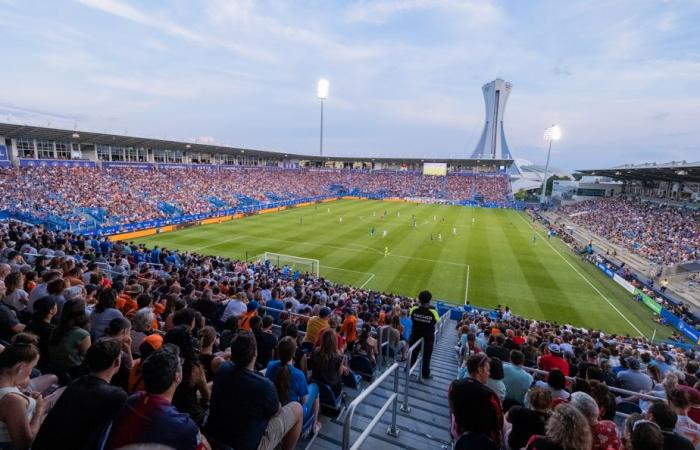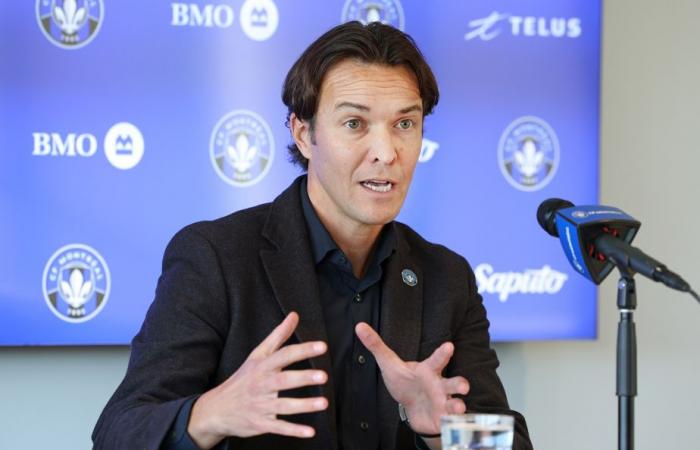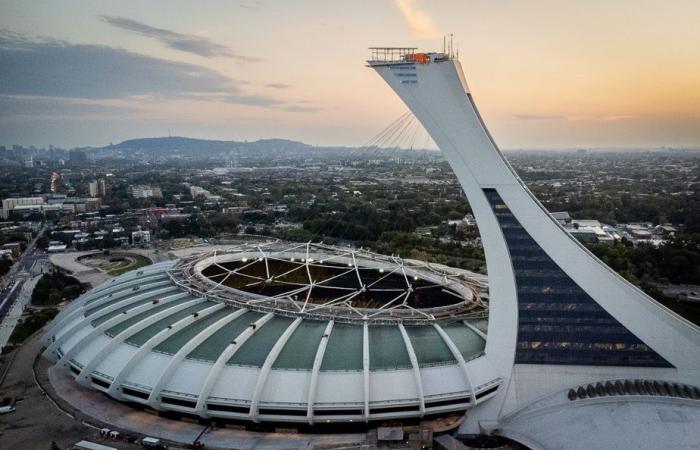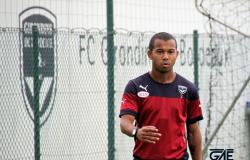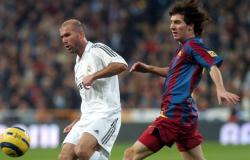MLS is considering changing its schedule so that the league season will now be played from fall to spring. This decision, which could come into effect after the 2026 World Cup, would have big impacts for northern markets like that of CF Montreal. Will the Quebec metropolitan soccer club have to carry out major renovations in the near future to “winterize” its Saputo stadium? This question raises several others. Overview in five questions.
Posted at 3:29 a.m.
Updated at 5:00 a.m.
Who owns Saputo stadium?
The Saputo stadium itself is owned by the Saputo family. But the Olympic Park owns the land on which the enclosure was built and inaugurated in 2008. The Olympic Installations Authority (RIO), at the time, had ceded the land to the club under a long lease of 40 years, i.e. until 2047.
“It’s a long lease, so we are not on our land,” confirmed the CFM to The Pressby written communication.
Can CF Montreal renovate its stadium without having the approval of the Olympic Park?
The club does not have 100% free rein in this regard. “We decide what we do at the Saputo stadium, but the Olympic Park has a right to review major renovations,” indicates the Bleu-blanc-noir.
For example, Impact has improved some of its premium sections in recent years, and improved its food offering, two decisions that belong to it. But if a construction site were to be set up nearby, the Park would have to give its approval.
Why haven’t major renovations already taken place?
The question arises, because winter matches are not a new problem for the Impact. But there is a concrete reason why renovations are still pending at the Sherbrooke Street stadium.
We have said it: the club is the tenant of the land on which the Saputo stadium is located. Which means that CF Montreal must pay property taxes to the City, among other things. Any improvement at the Saputo stadium would therefore be synonymous with a tax increase.
And that’s where the problem lies. Property taxes were described as the main obstacle to $50 million renovations to the stadium by Joey Saputo in 2018 during a media roundtable. At the time, he described as “absurd” the sum of 2 million per year that he pays to the City for its Saputo stadium and the Nutrilait Center.
A year later, his property tax bill went from $2 million to $1.2 million, under an amicable agreement with the City. The property valuation of its enclosures was revised downwards, from 28 to 25 million between 2019 and 2022. In 2023, it increased to 23.1 million.
Despite everything, for the moment, renovations are not in the plans. President Gabriel Gervais reiterated it again in his club’s assessment recently: “There will be no renovations to the Saputo stadium as long as we do not know the vision of the Stadium and the Olympic Park as a whole. »
PHOTO ROBERT SKINNER, THE PRESS
The president of CF Montreal, Gabriel Gervais
This is at least the third time in a year that Gervais has said he is “waiting” for news from the Olympic Park on this subject. Do they talk to each other? Asked by The Press Last week, the Park claimed to have “continuous” discussions with the soccer club that occupies its territory. But he is careful not to comment publicly on their content.
Is it possible to play winter matches at Saputo Stadium?
No, this is not possible at the moment.
Without heated terrain, the playing surface is impassable in winter, even if the snow is cleared. The piping is not designed for use in cold weather. Without a roof, the Saputo stadium is at the mercy of bad weather, which we obviously know is numerous and complicated between December and March.
According to what was put forward by The Athletic then confirmed by Gabriel Gervais last week, MLS is considering playing its 34 matches from August to May, like the European championships and the North American professional sports leagues. She would split her schedule into two parts, with a break from mid-December to the end of January.
Which would mean that Montreal would have to combine with seasonal matches in November, December, February and March.
Let’s assume that MLS agrees to grant a critical mass of home games at the start and end of the season, in the months with the best weather. As things currently stand, the Impact should therefore play around ten consecutive away matches during the winter, from mid-November to mid-March. Maybe a little less if we take the risk of playing at home until the beginning of December.
The team already plays six in a row at the opponent’s home at the start of the season. And this, until the Olympic Stadium, awaiting its new roof, is ready to welcome it…
Is the Big O not an option?
It will be, eventually. But the Olympic Park is categorical: while work is underway to replace its roof, “the stadium will be closed until 2028”, the entity confirmed to The Press. It will not be able to host any events until then.
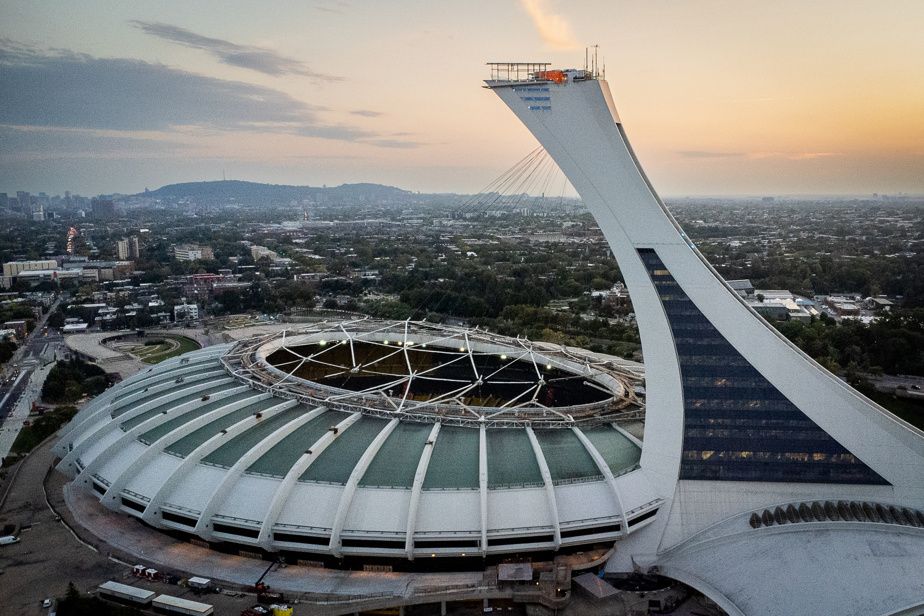
PHOTO DOMINICK GRAVEL, ARCHIVES LA PRESSE
The Olympic Stadium will be closed until 2028 while work is done on replacing its roof.
If MLS adopts its new calendar after the 2026 summer World Cup, we can expect the 2027 season to be the most complicated for the CFM.
Already, his winter training camps, without the Olympic Stadium, will force him to go into exile in the south of the United States, such as Florida or Arizona, for the next few years.
Note also that a major question mark remains regarding the brand new synthetic surface installed at the Stadium in 2022 and inaugurated in 2023. After a single match and 51 CFM training sessions, it had to be stored to make room for exploratory work with a view to replacing the roof.
“Several options are currently being studied regarding its use,” the Park tells us.
What is a long lease?
This is, essentially, a long-term lease. In Quebec, it can be active for a minimum of 10 years and a maximum of 100 years. The long-term leaseholder – or tenant – must pay rent (not necessarily annual). He must also commit to undertaking, at his own expense, construction that will allow the property to increase in value over time. When the lease expires, the buildings built on the land pass into the hands of the owner. If they wish, however, both parties can agree on a new lease at the end of the first.

